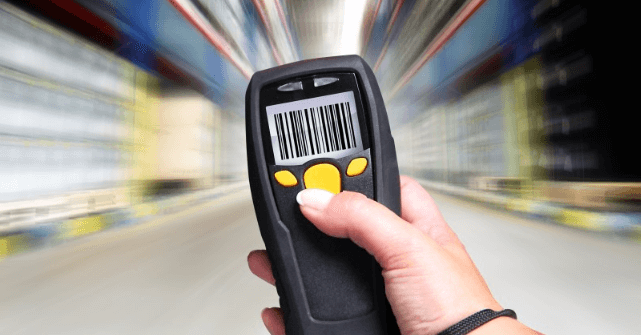Enhancing Library Systems: The Advantages of Barcode Scanners in Book Tracking and Borrowing Processes

Libraries are not just about books; they are about accessing information quickly and efficiently. With the advent of digital technologies, libraries have been at the forefront of adopting innovative tools to improve service delivery. Among these technologies, barcode scanners have become a game-changer in streamlining book tracking and borrowing processes.
The Integration of Barcode Scanners
Barcode scanners have been integrated into library systems around the world, marking a significant shift from traditional manual entry methods. This technology allows libraries to manage their collections more effectively, ensuring that books and other materials are easily accessible to users. By simply scanning a barcode, library staff can quickly perform a variety of tasks, from checking out books to inventory management.
Speed and Efficiency in Borrowing Processes
One of the most noticeable benefits of using barcode scanners in libraries is the significant increase in the speed and efficiency of borrowing processes. Patrons no longer need to wait in long lines while staff manually enter details into the system. A quick scan of the book’s barcode, and the transaction is completed within seconds. This not only improves the user experience but also allows staff to serve more patrons in less time, making the library a more productive environment.
Read also Samsung Tvs Home Connectivity Alliancepattison Tuohy
Enhanced Accuracy and Reduced Errors
Human error is a common issue in manual data entry. However, barcode scanners minimize these errors by automating the input process. When a barcode is scanned, the system automatically retrieves the correct information associated with that barcode, reducing the chances of mistakes. This accuracy is essential for maintaining an up-to-date and reliable library database, ensuring that inventory records are always accurate and that books are properly tracked.
Improved Inventory Management
Managing a library’s inventory can be a daunting task, especially for larger libraries with extensive collections. Barcode scanners simplify this process by enabling quick and accurate stocktakes. Librarians can scan the barcodes on books to instantly update inventory records, identify missing items, and make informed decisions about which books need to be replaced or reordered. This level of control over inventory ensures that libraries can efficiently manage their resources and meet the needs of their patrons.
Cost-Effectiveness and Time Savings
Implementing barcode scanners in library systems is a cost-effective solution that offers long-term savings. The initial investment in barcode technology can be quickly recouped through the time saved in manual data entry and inventory management. Additionally, the reduction in errors further saves costs associated with correcting inventory discrepancies and lost materials. Over time, the efficiency gains from using barcode scanners can contribute to a more financially sustainable library operation.
Enhancing The User Experience
Finally, the adoption of barcode scanners significantly enhances the overall user experience. Patrons enjoy quicker, more reliable service, which encourages them to make more frequent use of library facilities. The ease of borrowing and returning books, combined with accurate record-keeping, fosters a sense of trust and satisfaction among library users. Furthermore, the time saved on administrative tasks allows staff to focus more on customer service and support, enriching the library experience for everyone.
Start to Adopt New Tech
The integration of barcode scanners into library systems represents a significant step forward in the evolution of libraries. By enhancing efficiency, accuracy, and inventory management, barcode technology has streamlined the book tracking and borrowing processes, benefiting both library staff and patrons. As libraries continue to adopt digital innovations, the use of barcode scanners stands out as a prime example of how technology can be leveraged to improve access to knowledge and information in our communities.








